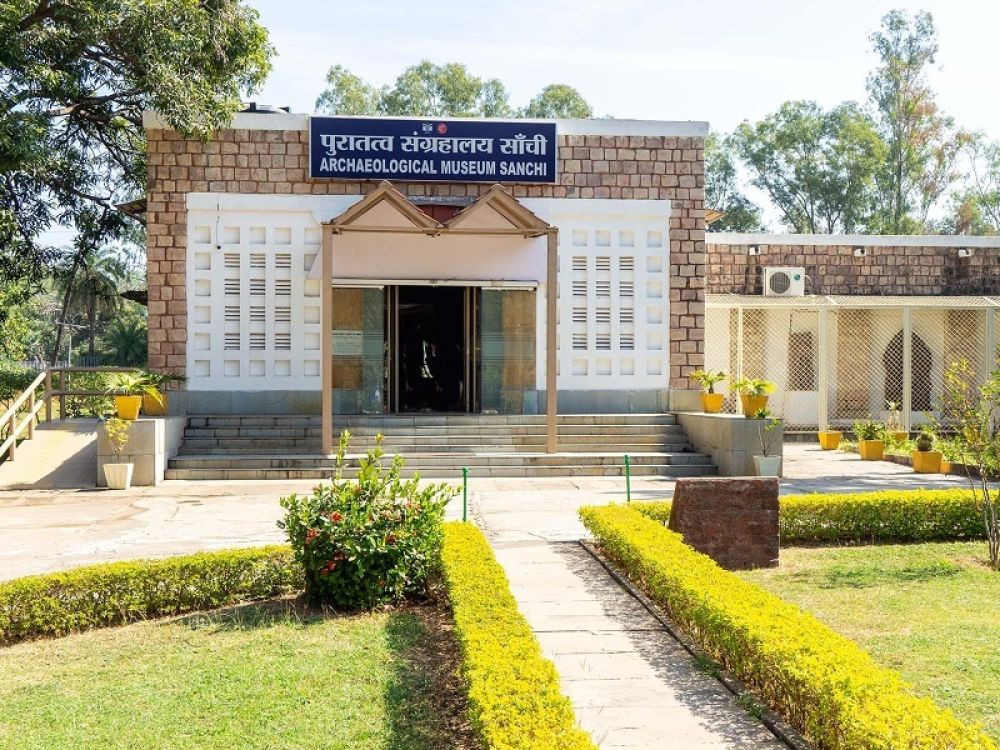

Nestled in the heart of Madhya Pradesh, the Sanchi Museum is not just another repository of ancient artifacts; it is an exquisite window into the life and times of India’s early Buddhist civilization. Maintained conscientiously by the Archaeological Survey of India (ASI), the museum is a testament to the continued efforts to preserve India’s cultural heritage.
Sanchi, with its magnificent stupa, has been luring travelers and scholars alike since the 19th century when General Taylor discovered the ruins in 1818, leading to its eventual restoration by Sir John Marshall in the early 20th century. Since then, Sanchi has been an essential pit stop for Buddhist pilgrims and aficionados of history from around the globe.
It was Lord Curzon’s initiatives at the beginning of the 20th century that eventually led to the setting up of a site museum in 1919. The museum was renovated and expanded in the 1960s under the aegis of Sir Mortimer Wheeler, then director-general of the ASI.
The museum houses an exemplary collection of sculptures and relics, including the famed Ashokan pillar's lion capital — India's national emblem. It is famed for showcasing the four-torana (gateways) replicas, illustrating scenes from the Buddha's life and past lives (Jatakas).
Among its most treasured displays are the Buddhist Stupa models, intricate carvings, and an array of artefacts found during the excavation of Sanchi and its surrounding areas. This assemblage provides a vivid portrayal of the artistic and spiritual zenith achieved during the Mauryan and Sunga eras, making it a trove for art enthusiasts and historians alike.
In recent years, experiential and educational tourism has been emerging in Sanchi, with visitors seeking a deeper understanding of the site’s historical significance. The museum is integral to these experiences, offering context and insights into the architectural wonder that is the Stupa complex.
Moreover, the rise of digital engagement and virtual reality technologies has started to play a role in how modern tourists interact with historical sites. The ASI and the museum may soon integrate these technologies to enhance visitor knowledge and experience without impacting the physical integrity of these ancient wonders.
Visiting Hours: The museum is open to the public from morning until evening. It remains closed on Friday. Timings may vary, and it is prudent to check with the ASI for the latest schedule before planning a visit.
Entry Fee: A nominal entry fee is charged for both domestic and foreign tourists, details of which can be found on the ASI's official website.
As tourism trends evolve and the world becomes increasingly interconnected, the Sanchi Museum stands as both a custodian and a hub of India’s precious historical narrative. Whether one comes here seeking spiritual insight or historical knowledge, the museum promises a timeless journey through India's rich and diverse past.